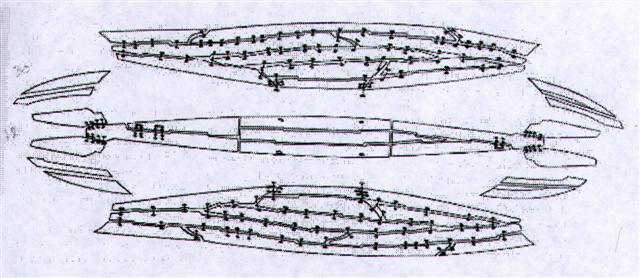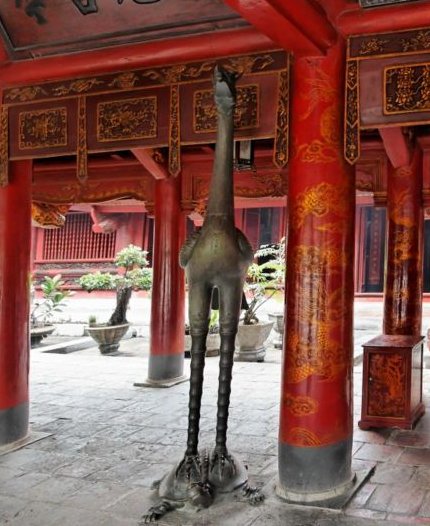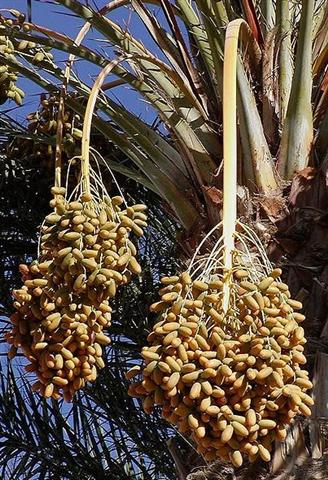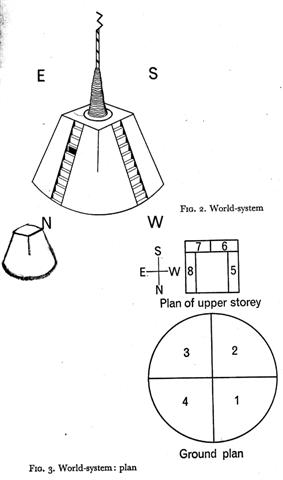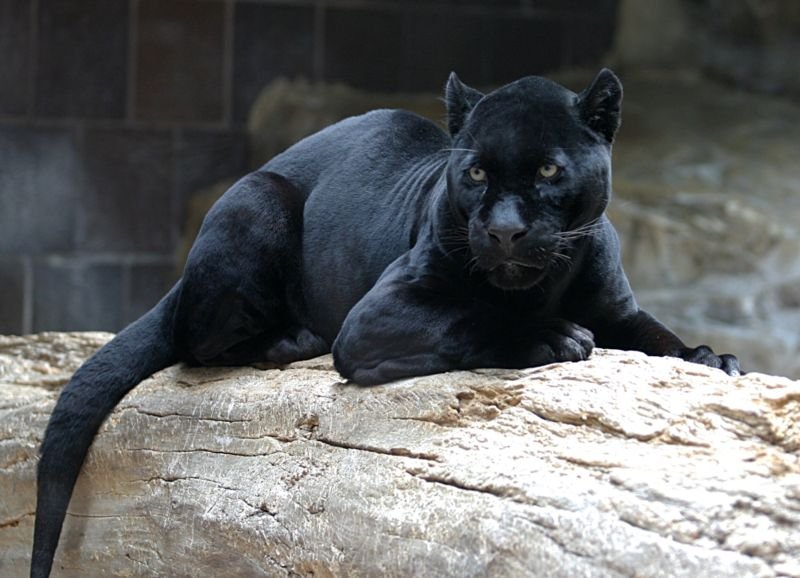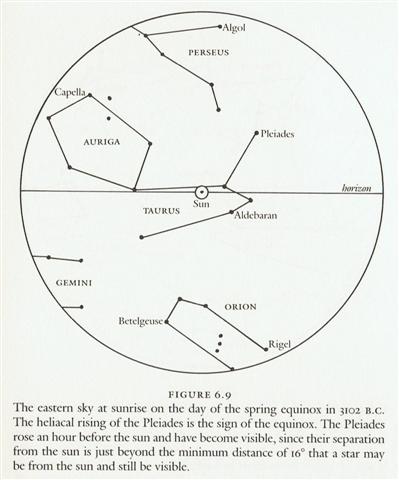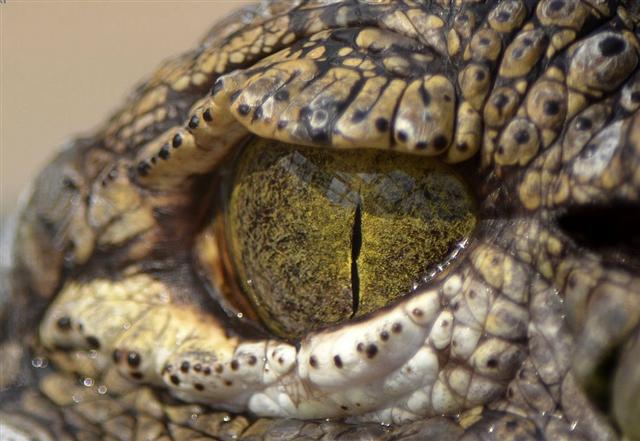Bb12-9 From such technical fundamentals (in a way corresponding to the axioms in the Elementa of Euclid) a whole integrated world (hologram) opens up, possible to expand without limits like the box of Pandora.
For instance, if the year was measured as 364 days, then there seemed to be a part from Betelgeuze to Spica which could be extracted (or submerged), in which case the remainder would be 250 days. ... Another name for Mercury was Hermes and Hermes Trismegisthos (thrice-mighty) could have referred to the fact that there were 3.141 * 115.88 = 364.0 days for the cycle of the Earth around the Sun. Although the calendar has 365 days for a year this was due to the fact that the Earth had to turn around an extra day in order to compensate for how the direction to the Sun changes during a year ... ... Considering the fact that the crossroads of ecliptic and Galaxy are crisis-resistant, that is, not concerned with the Precession, the reader may want to know why the Mangaians thought they could go to heaven only on the two solstitial days. Because, in order to 'change trains' comfortably, the constellations that serve as 'gates' to the Milky Way must 'stand' upon the 'earth', meaning that they must rise heliacally either at the equinoxes or at the solstices. The Galaxy is a very broad highway, but even so there must have been some bitter millenia when neither gate was directly available any longer, the one hanging in midair, the other having turned into a submarine entrance ... According to my extrapolations the Full Moon would (ideally) have been at the right ascension line connected with π Aquarii (at his right hand thumb) when in the Golden Age of the Bull the Sun had been in JUNE 21 (the day of the solstice).
Here Castor would have culminated (at 21h). It should thus have been the proper time for half the group of waiting spirits to go up to heaven. ... Far away, the Mangaians of old (Austral Islands, Polynesia), who kept the precessional clock running instead of switching over to 'signs', claim that only at the evening of the solstitial days can spirits enter heaven, the inhabitants of the northern parts of the island at one solstice, the dwellers in the south at the other ... Presumably this rule had been transferred to February 23 (419 = 355 + 64) also on the island of Easter (close neighbour of Mangaia):
And because 364 was 50 more than 314 - the approximate measure for the relation between the circumference of a circle and its radius (given that zero and the decimal point were only human constructs) - it should have been noticed that 5(0) for each finger became 25(0) for a full hand. There were 2 hands and therefore the thumbs could correspond to a pair of differences between 364 and 314:
Evidently integer number 50 could have been regarded as corresponding to (↔) the position of Algenib Persei (*50.0):
Doing something odd twice, for instance adding 229 + 229, would be like denying a negation, changing it into an even (good, maitaki, Punarvasu) number. Cfr the 7th Hindu nakshatra station at Gemini named Punarvasu - Bow and Quiver (both were needed for the arrow). ... I knew of two men who lived in another settlement on the Noatak river. They did not believe in the spirit of the string figures, but said they originated from two stars, agguk, which are visible only when the sun has returned after the winter night. One of these men was inside a dance-house when a flood of mist poured in ... His two companions rapidly made and unmade the figure 'Two Labrets', an action intended to drive away the spirit of the string figures, uttering the usual formula ... but the mist kept pouring in ... ... Esteban Atan was brought along, said Atan, to make up an even number since I had asked to bring along my companion, Ferdon. An uneven number caused 'bad luck'. When I next asked for the participation even of the expedition photographer ... Atan Atan once more felt ill at ease, until again he made our number even: instead of sending away his brother he insisted that his brother's best friend, Henrique Teao, be brought with us also. The senior brother, Pedro Atan, was ill with influenza, but Henrique Teao was just then bringing along logs to our camp to serve as skids, as the group that had formerly erected the statue were now to reveal how these stone giants were transported ... *88.3 - *50.0 = *38.3 and this fraction ought to increase the digital right ascension date number
to *39 → 39 variants of water taro, STOLEN by Teke from his brother Ma'eha. ... All was now ready for departure except that there was no fire in the smithy. The ancestor slipped into the workshop of the great Nummo, who are Heaven's smiths, and stole a piece of the sun in the form of live embers and white-hot iron. He seized it by means of a 'robber's stick' the crook of which ended in a slit, open like a mouth. He dropped some of the embers, came back to pick them up, and fled towards the granary; but his agitation was such that he could no longer find the entrances. He made the round of it several times before he found the steps and climbed onto the flat roof, where he hid the stolen goods in one of the skins of the bellows, exclaiming: 'Gouyo!', which is to say. 'Stolen!'. The word is still part of the language, and means 'granary'. It is a reminder that without the fire of the smithy and the iron of hoes there would be no crops to store ...
... The jaguar learned from the grasshopper that the toad and the rabbit had stolen its fire while it was out hunting, and that they had taken it across the river. While the jaguar was weeping at this, an anteater came along, and the jaguar suggested that they should have an excretory competition. The anteater, however, appropriated the excrement containing raw meat and made the jaguar believe that its own excretions consisted entirely of ants. In order to even things out, the jaguar invited the anteater to a juggling contest, using their eyes removed from the sockets: the anteater's eyes fell back into place, but the jaguar's remained hanging at the top of a tree, and so it became blind. At the request of the anteater, the macuco bird made the jaguar new eyes out of water, and these allowed it to see in the dark. Since that time the jaguar only goes out at night. Having lost fire, it eats meat raw. It never attacks the macuco - in the Apapocuva version, the inhambu bird, also one of the Tinamidae ...
Between the end of side b (471 = 1½ * 314) and the beginning of the text on side a of the G text there was luckily room for a fraction. Then, by counting 50 days (glyphs) earlier than June 17 (168) we will notice that the result coincides with 4 months each measuring 29½ days. 118 = 4 lunar synodic months. Although 506 (Bb12-45) - 50 = 456 (→ 4 * 114 = 16 * 28½). I.e., 472 - 456 = 16 → days late at night before a heliacal star would return to visibility (in the ancient method for determining dates).
A kind of fraction is suggested also by the name Kaff-al-jidhma = 'Part-of-a-hand'. Here the Sun was at the Foot (↔ Hand) of the 'Barker' in the day after Toliman.
When walking in time-space (Pacha) it was as easy to move in one direction as to move in the other - you could measure a circle beginning anywhere. ... Space and time are a single, related concept in Runasimi [the language of the Inca people], represented by one word, pacha, which can also mean 'world' and 'universe'. The image of time familiar to Waman Puma was static and spatial: one could travel in time as one travels over earth - the structure, the geography, remaining unchanged. To him it does not matter that he shows Inka Wayna Qhapaq, who died in 1525, talking to Spaniards who did not arrive until 1532. Wayna Qhapaq was the last Inca to rule an undivided empire: he is therefore the archetype, and it must be he who asks the Spaniards. 'Do you eat gold?' ...
|
||||||||||||||||||||||||||||||||||||||||||||||||||||||||||||||||||||||||||||||||||||||||||||||||||||||||||||||||||||||||||||||||||||||||||||||||||||||||||||||||||||||||||||

.jpg)




